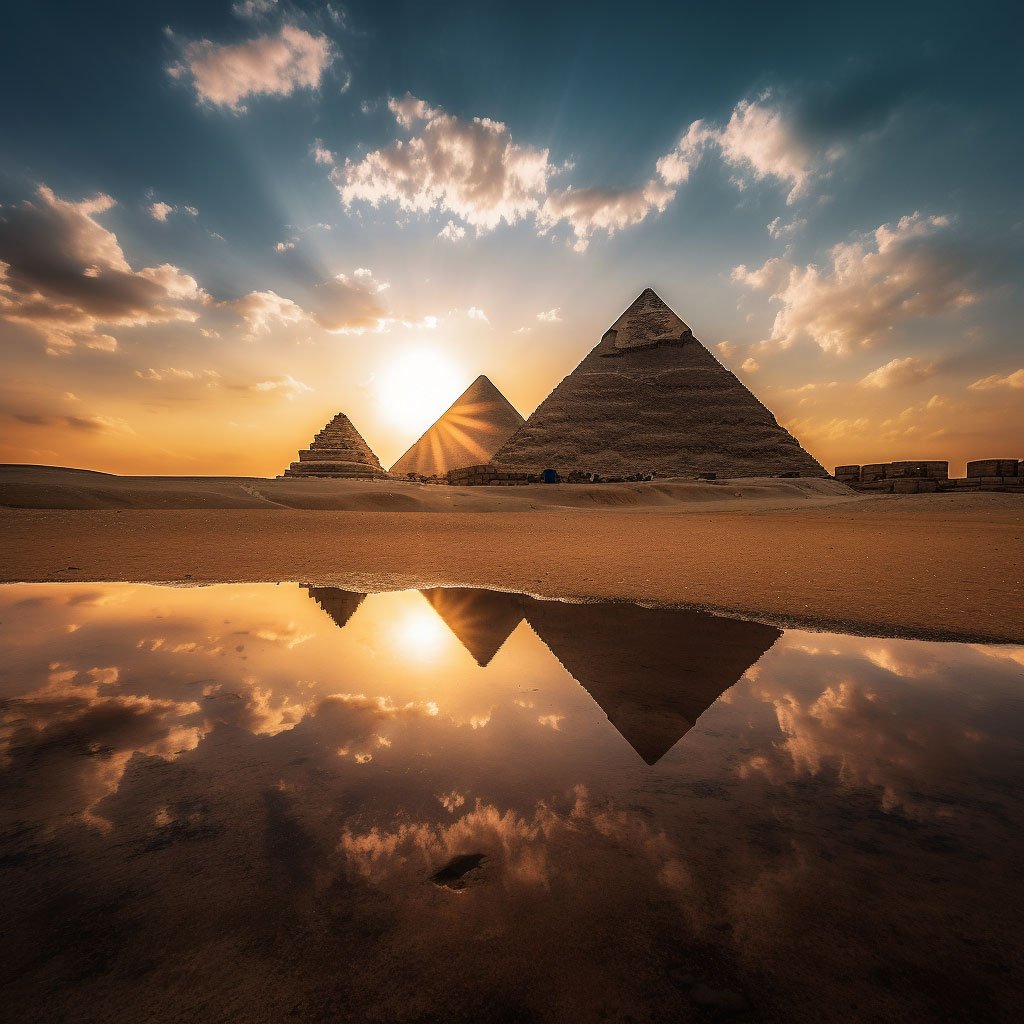Have you ever wondered what it would be like to stand in the shadow of a 4,500-year-old pyramid, or to wander through ancient, intricately decorated temples that were once the heart of a civilization’s spiritual life? On my recent trip to Egypt, I had the opportunity to do just that. I embarked on a journey through Egypt’s historical landmarks, each telling a different chapter of the country’s rich and fascinating past.

My first stop, naturally, was the Giza Plateau, home to the Great Pyramids and the Sphinx. It’s one thing to see these ancient wonders in photos and quite another to stand at their base and crane your neck to see the top. The sheer size of these structures left me awe-struck. To think that they were built so many millennia ago, without the aid of modern technology, is truly astounding. As I walked around the Sphinx, the enigmatic guardian of the pyramids, I couldn’t help but wonder about the countless generations of people who had stood in that very spot before me.

From Giza, I headed south to Luxor, the ancient city of Thebes. Here, I visited the Karnak and Luxor Temples. Walking through the massive pillars of Karnak Temple’s hypostyle hall, I felt as though I had been transported back in time. Each pillar is carved with hieroglyphics and images of gods and pharaohs, providing a tantalizing glimpse into the beliefs and lives of the ancient Egyptians.

Just a short distance away, Luxor Temple is an equally captivating site. Illuminated at night, the temple takes on a magical aura. Standing in the heart of the temple complex, with the mighty Nile River nearby, I felt the timeless allure of this ancient civilization.

My journey then took me to the Valley of the Kings, the final resting place of Egypt’s pharaohs. Exploring the tombs, with their vividly painted walls depicting the journey to the afterlife, was a sobering and deeply moving experience. To think of the immense efforts taken to construct these tombs, only to be hidden away from the world, is a testament to the ancient Egyptians’ strong belief in the afterlife.

The historical landmarks of Egypt are not just buildings or places. They are time capsules that provide a window into an ancient civilization, its beliefs, its practices, and its people. They serve as poignant reminders of the ingenuity and aspirations of humanity. As I left each site, I carried with me not just memories of magnificent structures, but a deeper understanding of the enduring spirit of Egypt.
Stay tuned for my next post, where I’ll dive into the vibrant and tantalizing world of Egyptian cuisine. Until then, safe travels!
